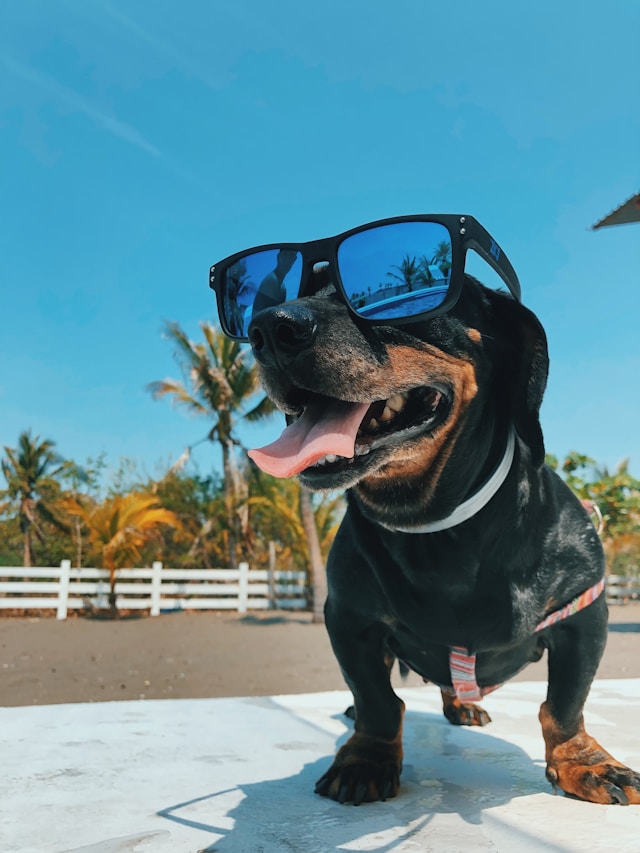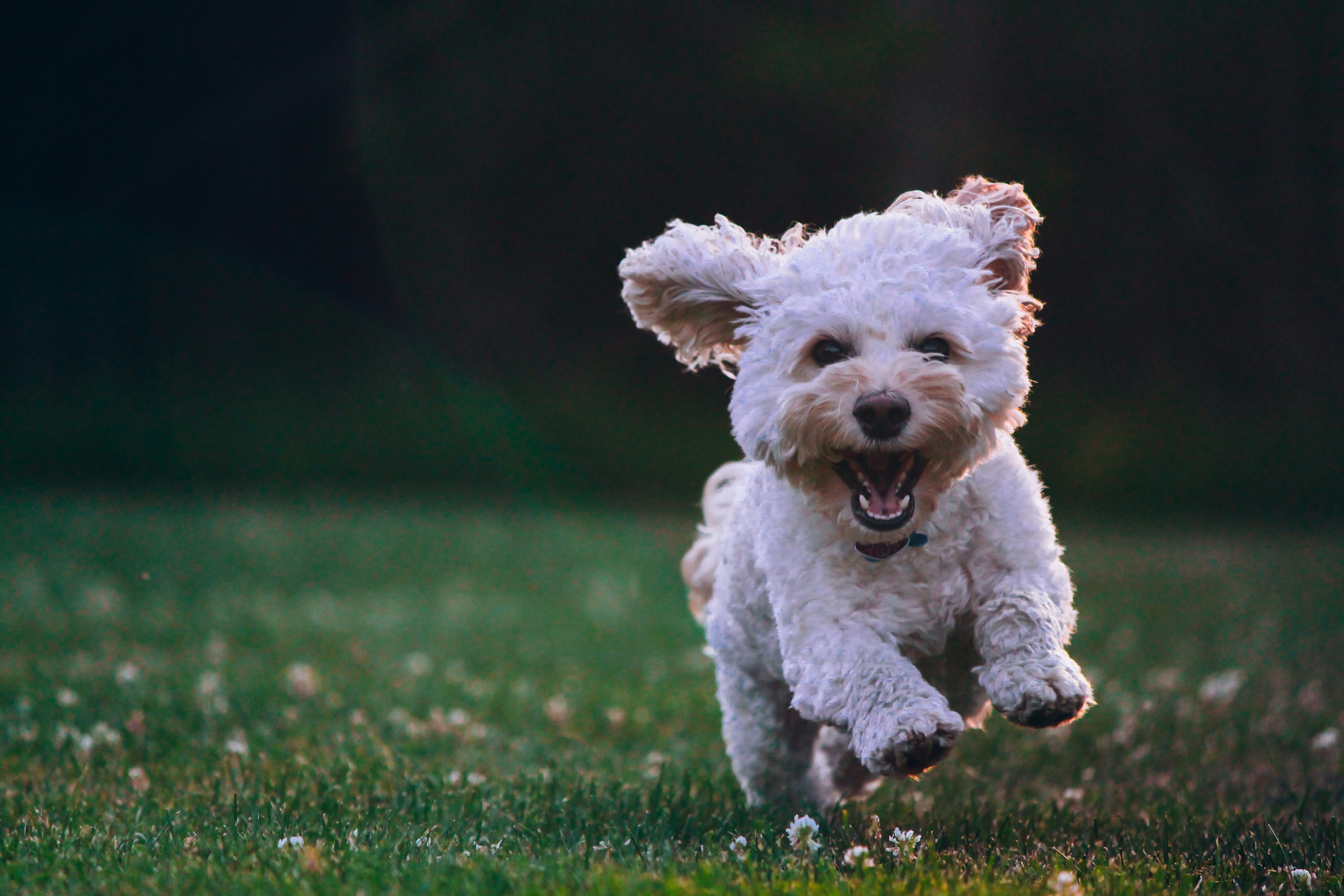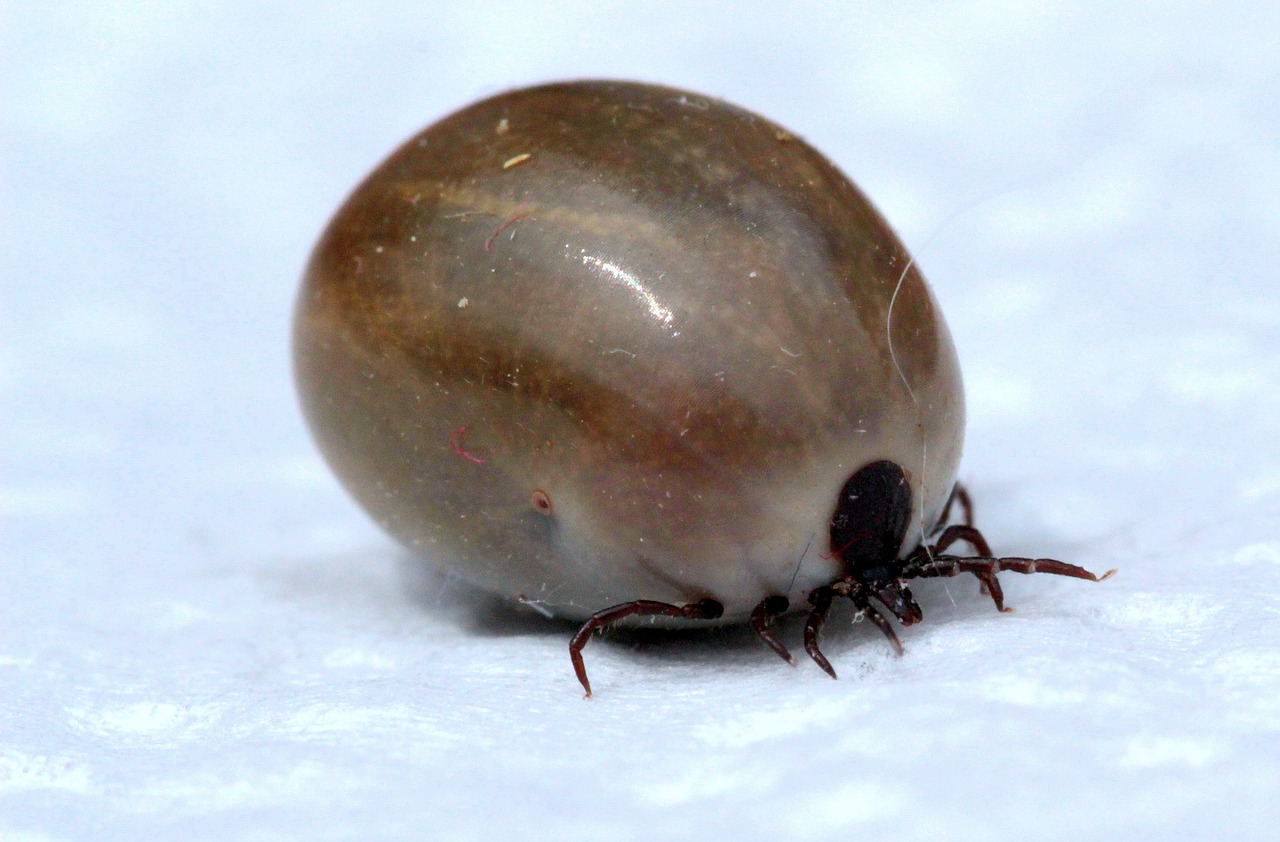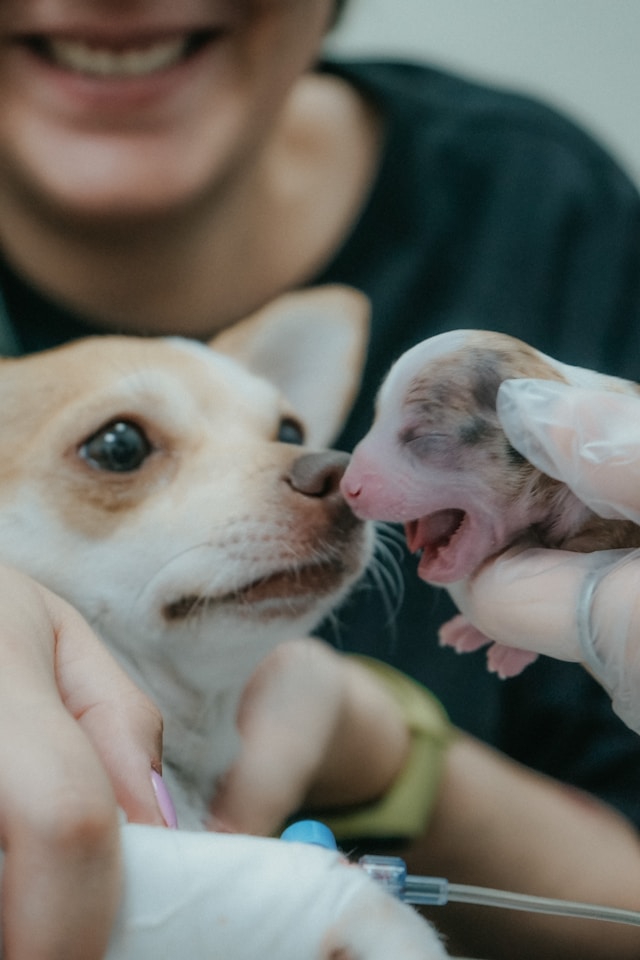Anatolian Shepherd Dog
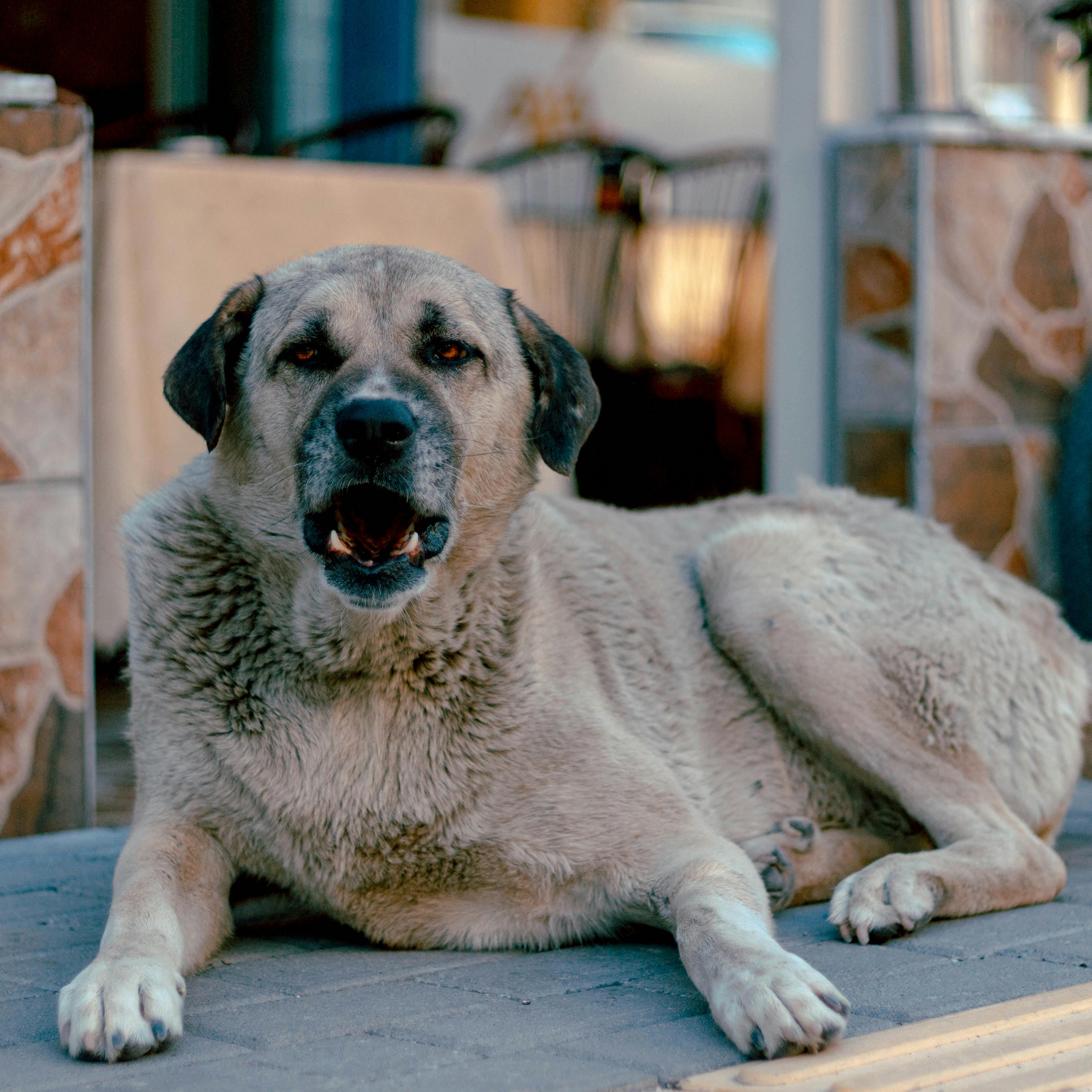
| OFFICIAL NAME | Anatolian shepherd |
| COMMON NAME | Anatolian shepherd |
| PET HEIGHT | 27 to 29 inches |
| PET WEIGHT | 80 to 150 pounds |
| LIFESPAN | 11 to 13 years |
| GOOD WITH | families |
| TEMPERAMENT | aloof, protective |
| INTELLIGENCE | high |
| SHEDDING AMOUNT | occasional |
| EXERCISE NEEDS | medium |
| ENERGY LEVEL | active |
| VOCAL LEVEL | when necessary |
| DROOL AMOUNT | medium |
| BREED GROUP | working |
| BREED SIZE | extra large (101 lbs. or more) |
| COAT LENGTH | medium, short |
| COLORS | fawn |
| PATTERNS | brindle |
| OTHER TRAITS | cold weather tolerant, easy to groom, easy to train, highly territorial, strong loyalty tendencies, tolerates being alone |
Their long and distinguished history dates back to the Bronze Age in Turkey. They are intelligent, powerful, and muscular. Because of their independent nature, they are perfect for flock guarding without much human guidance.
Despite their growing popularity as family pets, Anatolians are not recommended for inexperienced dog owners. Their large size and independent nature can be too much for someone unprepared.
Anatolian Shepherd Appearance
The size of an Anatolian Shepherd is the first thing that will catch your attention. They are enormous, not just large like an 80-pound Labrador. When fully grown, a male Anatolian can weigh 110–150 pounds, primarily composed of muscle. Although most are only 29 inches tall, some have grown to be 40 inches at the shoulder. Additionally, massive female Anatolians can weigh up to 120 pounds.
Anatolians appear even bulkier due to their thick, muscular frame and short coat over a dense undercoat. Their fur typically has softer tones, the most popular being buff with a black mask and occasionally black ears.
Anatolian Shepherd Personality
The Anatolian Shepherd makes a fantastic family companion. They are dependable around kids and other pets because of their patience, protection, and devotion, which are well-known traits. They will fiercely protect all family members, including cats and other dogs. Anatolians are not as lively or playful as some other breeds, and they are rather reserved.
Anatolians can be cautious about socializing with new people because they are so committed to their families. Gaining the trust of an Anatolian can be challenging, even for friends or family who visit regularly. It is essential to start early socialization and obedience training to help them feel more at ease around new people. Enrolling your Anatolian puppy in a training program can be very advantageous.
Anatolians can make great companions if you live on a farm or ranch. You could assign them a task and let them fend for themselves. However, because of their reserved nature and requirement for a lot of space and activity, an Anatolian may not be the best choice if you live in the suburbs.
Anatolian Shepherd Living Needs
These are very space-hungry dogs. Living in an apartment is inappropriate, and having an unfenced yard is also ineffective. Large, athletic herding dogs like Anatolian Shepherds have much energy. Contrary to popular belief, they don't require as much daily exercise because of their high endurance level. Taking a half-hour daily walk and engaging in backyard playtime should be sufficient.
Because they are such independent dogs, Anatolians can live alone in the house or backyard while you are at work. Compared to other breeds, they usually don't experience separation anxiety as much.
Anatolian Shepherd Care
The thick undercoat and short coat of the Anatolian Shepherd simplify grooming. To maintain their appearance, give them a weekly brush. They shed their undercoat twice a year, so you'll need to brush them more frequently in the spring and fall to keep up with the extra hair.
Depending on how filthy they become, baths may need to be done once a month or even less frequently. If your Anatolian starts to smell, it's time to give your dog a dog shampoo bath.
They require routine ear cleaning, tooth brushing, and nail cutting like any other dog.
Anatolian Shepherd Health
On average, large dogs typically live eight or nine years, but Anatolian Shepherds frequently live eleven or thirteen years. They can be more vulnerable to specific health problems despite having longer lifespans. These include bloat, a potentially fatal condition in which the stomach twists, and congenital deafness, an inflammatory liver disease associated with copper accumulation in the liver. They are susceptible to hip dysplasia, just like other large breeds. Furthermore, before any procedures, it's crucial to let your vet know that Anatolians are sensitive to anesthesia.
Your veterinarian will examine your dog's hips physically to ensure no issues. Regular examinations can help in the early diagnosis and management of these illnesses.
Anatolian Shepherd Exercise Requirements
The Anatolian Shepherd requires one or two lengthy daily walks to meet its moderate exercise needs. They also thrive in fenced-in backyards, but the fence needs to be strong and tall because they tend to jump it if something catches their attention. When taking walks, always wear a leash to keep them safe.
Anatolian Shepherd Training
Because of their independence, Anatolian Shepherds can be challenging to train. They require a robust and self-assured owner who can take the initiative. This breed is laid-back and dominant, but until proven differently, they will always assume they are in charge. If you are consistent, they have the intelligence to pick things up quickly. Developing a well-mannered and self-assured Anatolian Shepherd puppy largely depends on early socialization and positive reinforcement.
Anatolian Shepherd History
The Anatolian Shepherd was once employed as a combat dog, killing animals such as horses and lions. The breed was developed in Turkey to defend cattle from wolves. The Anatolian's size, coat, and color allowed it to blend in with the flock it guarded, making it more difficult for predators to identify. These dogs were solid and self-sufficient enough to manage and protect livestock without continual supervision. They can be used in any environment because they can withstand hot and cold temperatures.
Under Lt. Robert Ballard of the US Navy, the Anatolian Shepherd Dog arrived in North America. In 1967, while stationed in Turkey, he raised a pair of working shepherd puppies and returned them to the United States. These dogs laid the groundwork for the breed's establishment in America when they had their first litter in 1970. The breed has become much more well-known since then.
The Anatolian Shepherd Dog is a historic breed that originated in Turkey 6,000 years ago. Dog experts recognize three breeds of Turkish flock guards: the Kars from eastern Turkey, the Kangal from central Turkey, and the Akbash from western Turkey. Combining the best traits from these breeds, the American Anatolian Shepherd is a super dog.
Anatolian Shepherd Fun Facts
Madison, an Anatolian Shepherd, devotedly watched over the charred remnants of his Paradise home during the 2018 wildfires in Northern California for a month. When his owners were eventually permitted to return to the neighborhood to locate him, he resisted attempts by rescue personnel to take him away.
In the "Cats & Dogs: film series, Butch the Anatolian Shepherd made appearances. Alec Baldwin voiced the character in the first film and Nick Nolte in the second, "Cats & Dogs 2: The Revenge of Kitty Galore".
Kurt was the biggest Anatolian Shepherd ever measured at the shoulder (40 inches) and weighed 154 pounds. Zeus, the Great Dane who currently holds the title of the world's most giant dog, was only four inches shorter than him.
Get insurance plans with wide-ranging coverage options








